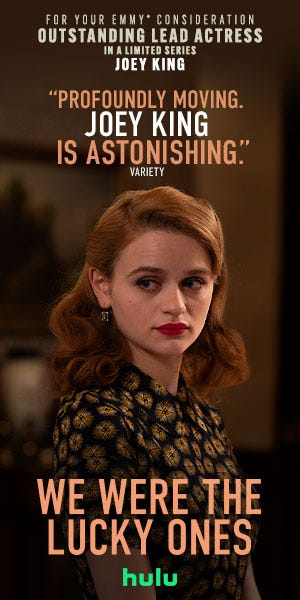How I Used AI to Brainstorm a Show
I asked ChatGPT 4o to help me create an animated series about a European soccer team in the middle of the night. This is what happened
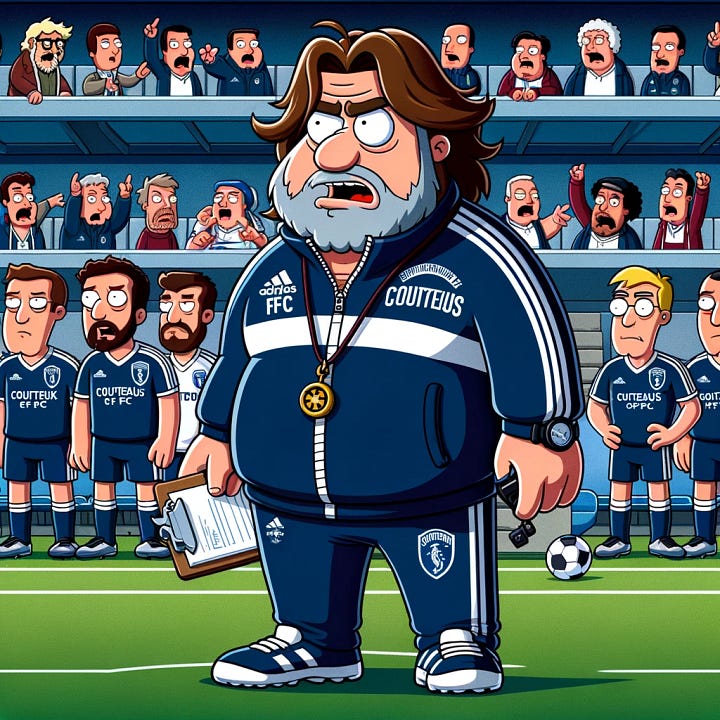
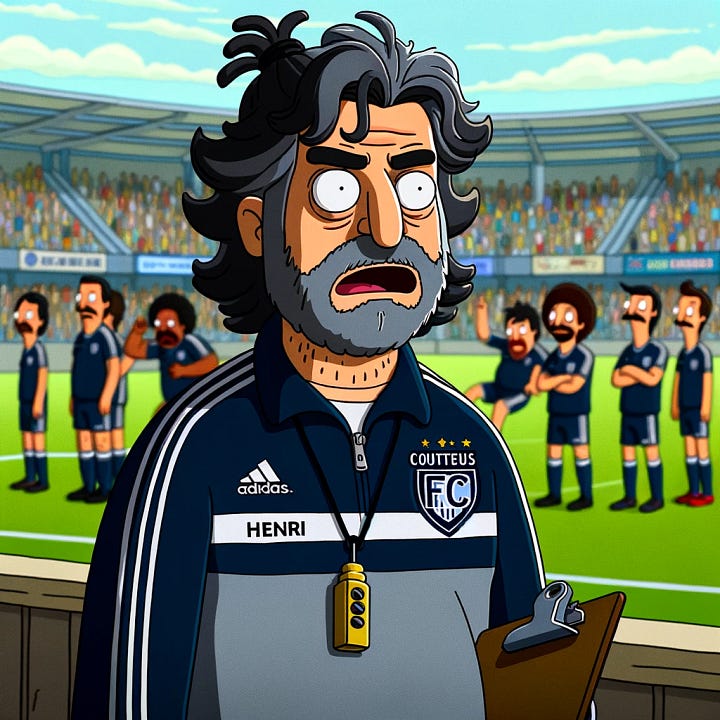
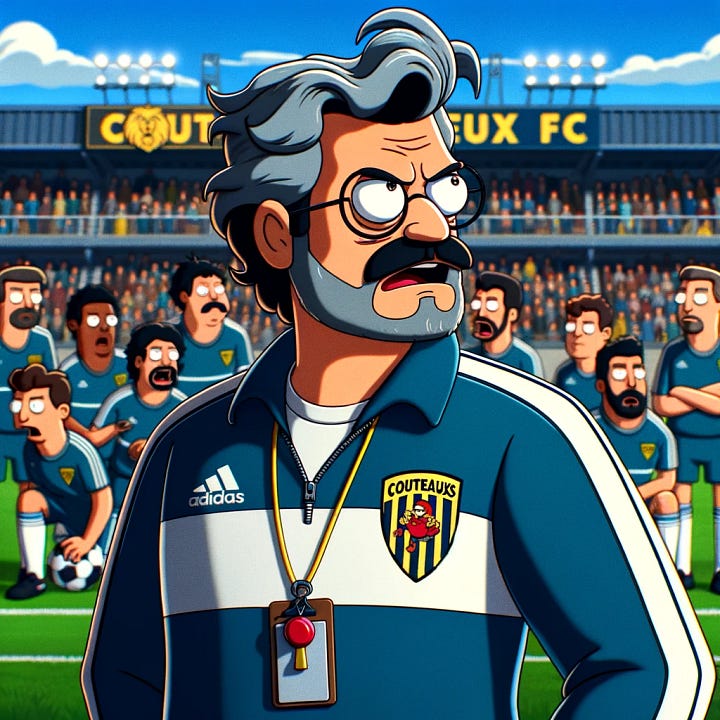
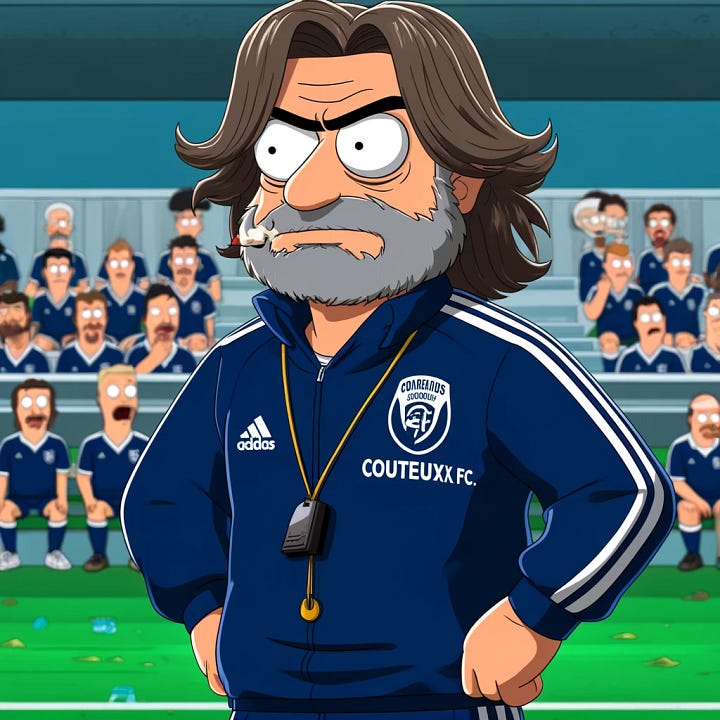
This is the latest in our weeklong series for paid subscribers about creativity. Yesterday, we covered how the best work balances artistic vision and studio management. Earlier, we offered ideas for how Hollywood can get unstuck.
A lot of people in Hollywood think that embracing AI means the death of human creativity. I don’t deny that AI could be used that way. Remember the Glasgow Willy Wonka organizers trying to score a quick buck by tricking parents with AI-generated promotional images and then scripting the entire experience using AI? I know that was several AI controversies ago — in my next column, I’ll cover the use of AI-generated voices in the wake of this week’s Open AI/ScarJo dustup — but the Wonka fiasco did just happen in February.
Most of us didn’t get into Hollywood for the money (and working in international television production, I'm still not sure I'm in it, exactly, for the money). We love being creative and sharing our ideas. When we bring AI into the mix, we have to do so in ways that will only enhance our creativity, not replace it.
If you haven’t played around with AI before, I know that sounds a little weird: Isn’t AI supposed to do the work for you? It can — but the real value is in iterating on an idea until you come up with new avenues you would have never thought to explore. Kind of like brainstorming with a 19-year-old (read: not so different than most interns). Sure, it doesn’t know how film financing works and can’t legally drink, but it’s lack of industry experience means it’s open to exploring possibilities you’re too weary to consider (and it probably knows way more about what teens are watching than you do).
Most of us want this kind of sounding board-on-demand. As AI emerges here in Hollywood, I’m not the only one who likes having this constant, non-judgmental brainstorming partner. As Joel Kuwahara, a producer who has worked on The Simpsons and Bob’s Burgers said at the AI Film Festival I covered two weeks ago, AI lets him “be as critical to myself and just keep doing iteration after iteration, and punish myself until I can see what it’s gonna be . . . and it’s not hurting anybody’s feelings.”
So . . . here I sit, at three in the morning — the only time in my house that’s largely quiet and devoid of the pale echoes of kids screaming for Pokémon cards or Paw Patrol toys — in the company of my AI friends, scheming up a new show.
My initial idea? I’m considering creating an adult animated comedy set in the world of European football. And I want AI to push me, in the way it pushes Kuwahara — to be more creative, not less, and to do my job better, not hand it off to the bots to do for me.
In this article, you’ll learn:
How I used AI to come up with initial longlines, characters and plot lines
How I used AI to also help in the visual look of animated characters
How using AI along with human creativity far outpaces pure AI
What I found to be the many, many limitations of relying upon AI too heavily
What it may mean for the industry when these tools become widespread
What text-to-image generative AI tools mean for writers’ creativity
As a sidenote, this idea has come because my family is considering an investment in a Scottish Football Club, Motherwell. Whether this is a sound business decision is a matter discussed with my wife between 1 a.m. and 3 a.m. But here we are now, later in the night, and I’m oscillating between surfing through message boards on the “Steelmen” (Motherwell’s nickname) and thinking that some buyer would be interested in a dramedy set in the world of something like the Scottish Premiership, while using the voices of famous football players (and yes, the actual voices of Mbappe and Vinicius Jr., and not AI-generated clones of players that clubs like Motherwell could never have).
Using OpenAI’s just-released new model, GPT-4o, I’m going to create a logline, a paragraph-long series overview and the image of a main character.
You’ll see what I turn up below:






